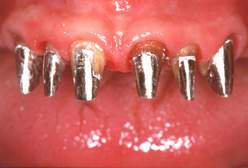 |
|
||||||||||||
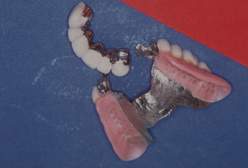 |
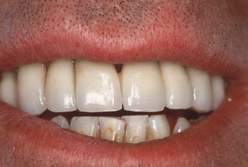 |
||||||||||||
|
|
||||||||||||
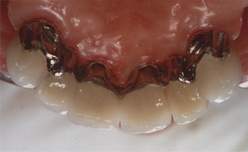 |
|
||||||||||||
|
|||||||||||||
|
|||||||||||||
|
|
|||||||||||||
|
|||||||||||||
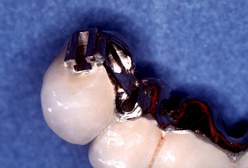 |
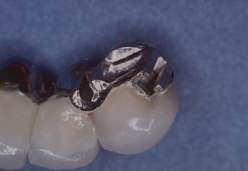 |
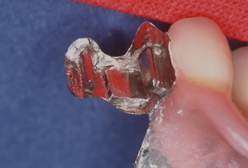 |
|||||||||||
|
Figs. 7, 8, 9. |
|||||||||||||
|
Published in November 2001
in the website www.gustavopetti.it Patients' Section |
|
Prosthesis: the different kinds of
fixed and removable dentures.Advice and suggestions for patients
|
|
GUSTAVO
PETTI * and CLAUDIA PETTI ** Piazza Repubblica 4, 09129 Cagliari, Italy
|
|
Mixed fixed and removable denture with precision attachments, grooves, drive bars and coulisses |
 |
|
||||||||||||
 |
 |
||||||||||||
|
|
||||||||||||
 |
|
||||||||||||
|
|||||||||||||
|
|||||||||||||
|
|
|||||||||||||
|
|||||||||||||
 |
 |
 |
|||||||||||
|
Figs. 7, 8, 9. |
|||||||||||||